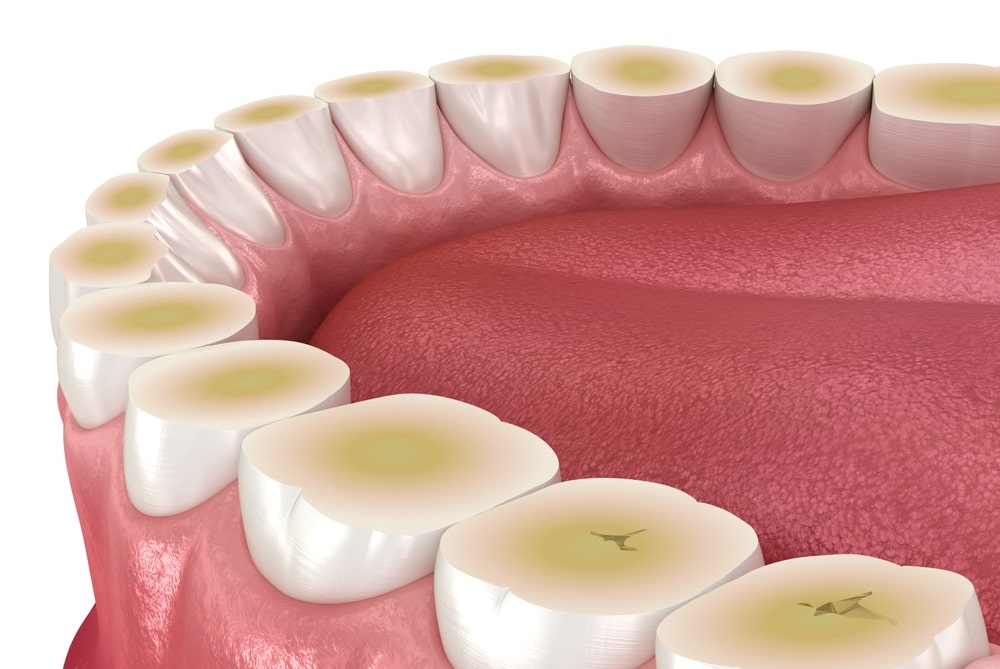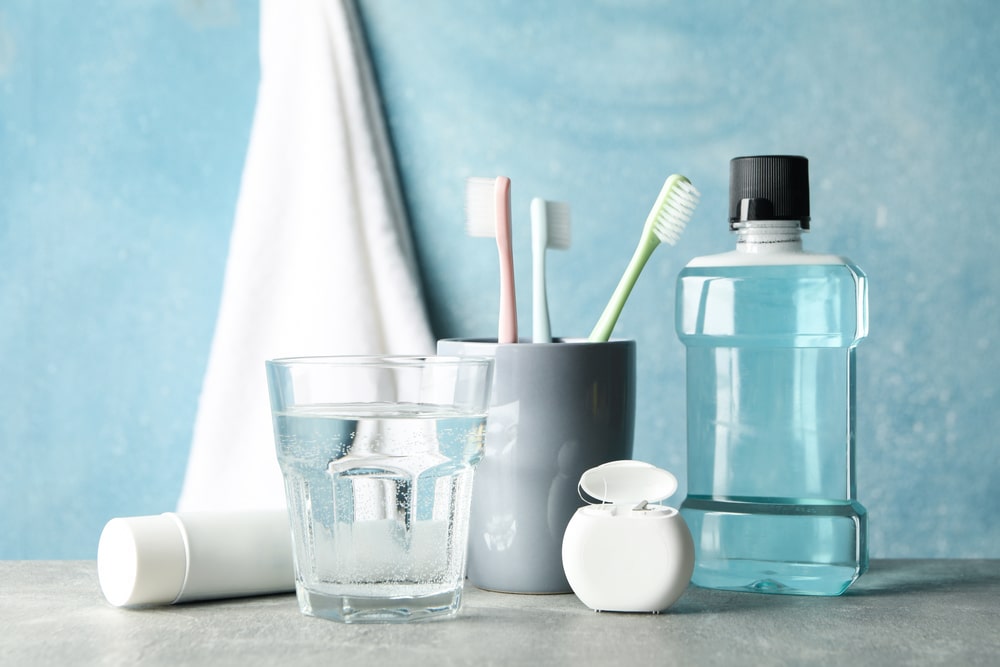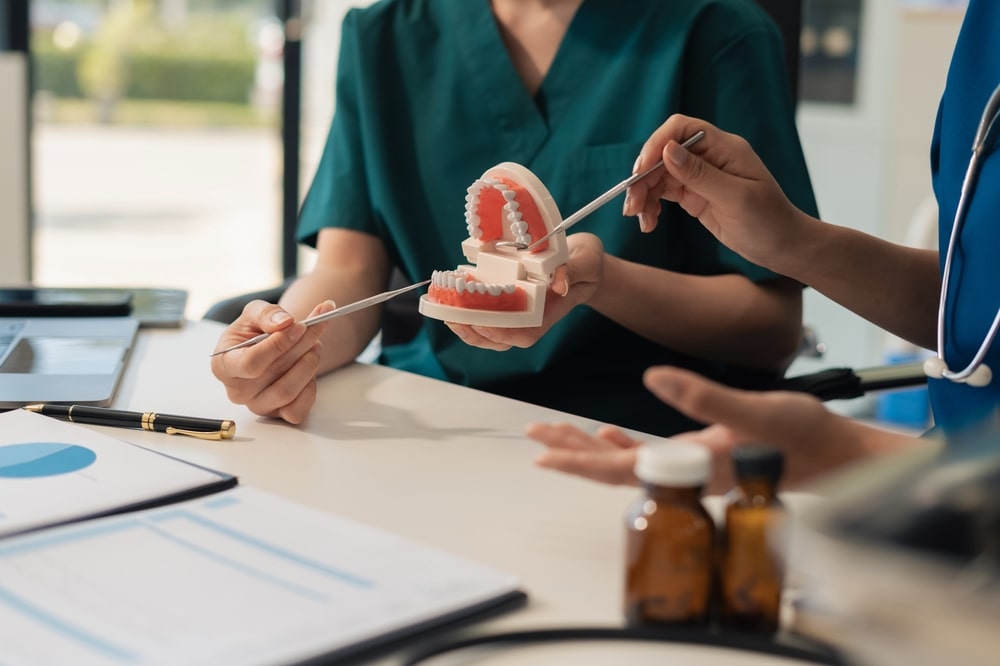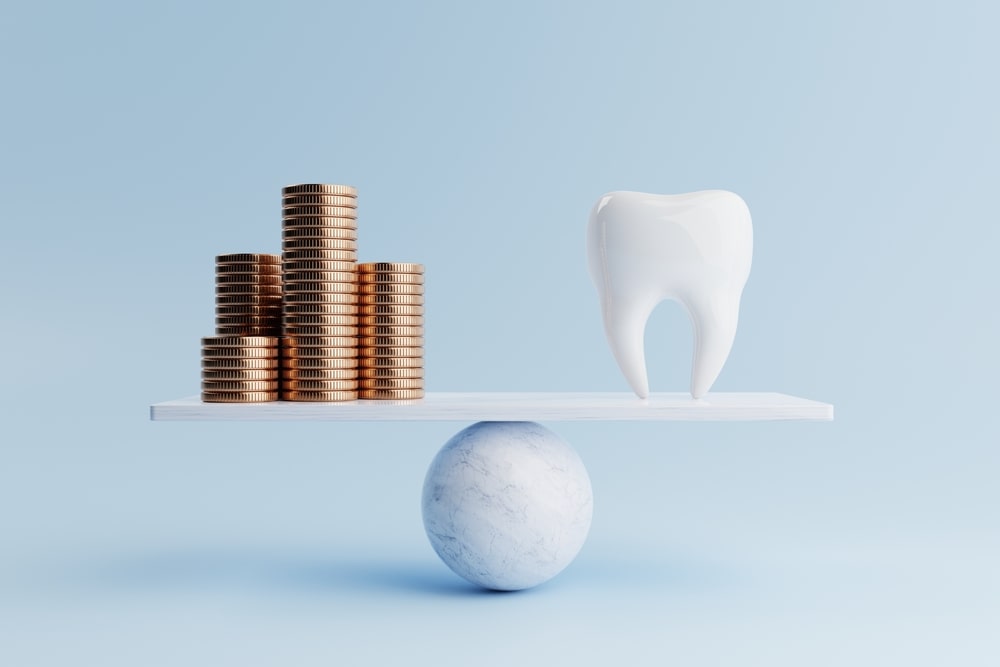Have you ever noticed your teeth feeling a little extra sensitive after a glass of orange juice or a handful of sour candies? Or perhaps you’ve been meticulously brushing, only to still wonder why your teeth don’t quite look or feel as strong as they used to? You might be experiencing the subtle, often unnoticed, effects of dental erosion. It’s not as dramatic as a cavity, but it’s just as serious. Dental erosion is like the quiet trickster of oral health, slowly dissolving the very foundation of your teeth: the enamel. And here’s the surprising truth: the foods and drinks you consider “healthy” or “harmless” might be the main culprits.
But don’t worry – you’re about to uncover practical, easy-to-implement strategies and food swaps that can help you protect your pearly whites and keep your smile strong for years to come. Think of this as your friendly guide to becoming an enamel guardian!
Decoding Dental Erosion: What It Is & Its Silent Culprits
Let’s start with the basics. What exactly is dental erosion, and how does it differ from a regular cavity?

Imagine your tooth enamel as a robust, protective shield – the hardest substance in your body. Dental erosion happens when acids, not bacteria, attack and dissolve this enamel.
Unlike tooth decay (cavities), which is caused by bacteria producing acid from sugars, erosion is a direct chemical process.
It can make your teeth look dull, sensitive, and eventually, even change their shape.
There are two main categories of culprits:
- Extrinsic Erosion: This comes from outside your body, primarily from what you eat and drink. Think acidic foods, beverages, and certain medications. This is where most of our focus will be today.
- Intrinsic Erosion: This comes from inside your body, often due to medical conditions like acid reflux (GERD) or frequent vomiting. If you suspect these are at play, discussing it with your doctor and dentist is crucial.
Knowing the difference is key, but the outcome is the same: once enamel is gone, it’s gone forever. This is why prevention is incredibly powerful!
The Acid Attack: What Happens to Your Enamel?
When acids hit your teeth, they start to demineralize (soften) the enamel. Think of it like dropping a sugar cube in water – it slowly dissolves.
After an acidic exposure, your enamel is temporarily softened and more vulnerable.
This is why brushing immediately after eating or drinking something acidic can actually do more harm than good, as you might be scrubbing away softened enamel!
But here’s a silver lining: your saliva is an incredible natural defense system.
It works to neutralize acids and bring minerals back to your enamel, a process called remineralization. However, if acid attacks are too frequent or intense, your saliva can’t keep up.
Your Enamel Protection Toolkit: Smart Food Swaps & Habits
The good news is that preventing dental erosion doesn’t mean giving up all your favorite foods. It’s about making smart choices, understanding pH, and adopting habits that protect your enamel.
The Acid Scale: Your Enamel’s pH Compass
Acidity is measured on a pH scale from 0 (very acidic) to 14 (very alkaline), with 7 being neutral.
For your teeth, anything below 5.5 is considered erosive. Many common foods and drinks fall well below this threshold!
Let’s look at some examples:
| Food/Drink Category | Examples | Typical pH Range | Enamel Risk |
| Highly Acidic | Sodas, sports drinks, fruit juices (orange, apple, grapefruit), sour candies, energy drinks, vinegar, citrus fruits (lemon, lime) | 2.0 – 4.0 | High |
| Moderately Acidic | Coffee, tea, wine, most fruits (berries, pineapple), tomatoes | 4.0 – 5.5 | Moderate |
| Low Acid/Neutral | Water, milk, cheese, plain yogurt, most vegetables, nuts, poultry, fish | 6.0 – 8.0 | Low/None |
Note: pH levels can vary based on brand, ripeness, and preparation.
Strategic Food Swaps: Outsmarting Acid
Instead of cutting out acidic foods entirely, consider these clever swaps:

- Instead of Orange or Apple Juice for Breakfast…
- Try: Water, milk, or a smoothie made with spinach, banana, and a small portion of berries (which are less acidic than citrus). Your morning glass of water is a simple, effective choice.
- Instead of Soda or Sports Drinks with Your Meal…
- Try: Plain water or unsweetened almond milk. If you crave fizz, try sparkling water with a hint of natural flavor (like cucumber or mint, not citrus).
- Instead of Reaching for Sour Candies or Chewable Vitamin C…
- Try: A square of dark chocolate (in moderation!), a handful of unsalted nuts, or plain yogurt. If you need a vitamin C boost, consider a non-chewable supplement or less acidic fruit options.
- Instead of Constant Lemon Water Sips…
- Try: Plain water or infused water with non-acidic additions like cucumber, mint, or ginger. If you love the taste of lemon, try to have it only during meals rather than sipping throughout the day.
- Instead of Snacking on Acidic Fruits Throughout the Day…
- Try: Pairing acidic fruits (like an apple) with a “neutralizing” food like a slice of cheese or a handful of almonds. This helps to buffer the acid. Or opt for less acidic fruits like bananas.
Consumption Habits 101: The “How-To” of Enamel Protection
It’s not just what you eat, but how you eat it that makes a big difference.
- The “Straw Strategy”: When enjoying acidic beverages like soda, juice, or iced coffee, use a straw. Position the straw toward the back of your mouth to minimize direct contact with your front teeth, which are often the first to show signs of erosion.
- The “Rinse & Wait” Rule: After consuming anything acidic, immediately rinse your mouth thoroughly with water. This helps wash away acids and food particles. Crucially, wait at least 30 minutes before brushing your teeth.
Remember, acid temporarily softens enamel. Brushing too soon can scrub away softened enamel, causing more harm. Your saliva needs time to re-harden and remineralize your teeth.
- Pairing Power: Always try to eat acidic foods as part of a meal, not as standalone snacks. Eating them with other foods, especially those that are rich in calcium (like cheese or milk), helps to neutralize acids and buffer their effects.
- Chewing Gum Benefits: Chewing sugar-free gum (especially those containing xylitol) after meals stimulates saliva production. More saliva means better acid neutralization and increased remineralization, giving your enamel an extra layer of defense.
- Mindful Meal Timing: Avoid constant “sipping” or “grazing” on acidic foods and drinks throughout the day. Each time you expose your teeth to acid, it triggers an acid attack. Limiting acidic intake to mealtimes gives your saliva a chance to recover between attacks. Also, try to avoid acidic snacks right before bed, as saliva flow decreases significantly during sleep.
Mastery: Beyond the Basics (Advanced Prevention & Special Cases)
Taking your enamel protection to the next level involves good overall oral hygiene and understanding when to seek professional help.
Oral Hygiene Essentials

- Fluoride Power: Use fluoride toothpaste and consider a fluoride mouthwash if recommended by your dentist. Fluoride strengthens enamel and helps it resist acid attacks.
- Gentle Brushing: Always use a soft-bristled toothbrush and brush with gentle, circular motions. Aggressive brushing, especially when enamel is softened, can accelerate erosion.
- Regular Dental Check-ups: Regular visits to your dentist in Brampton, Ontario, are vital. Your dentist can spot early signs of erosion, offer professional fluoride treatments, and provide personalized advice. Learn more about the importance of routine dental exams and cleanings.
Managing Medical Conditions
If you suffer from conditions like GERD (acid reflux), bulimia, or even chronic dry mouth, these can significantly contribute to dental erosion.
- GERD: Work with your doctor to manage your condition. Your dentist can also provide specific advice to protect your teeth from stomach acid.
- Bulimia: This condition requires professional medical and psychological help. Dental professionals can offer supportive care for your teeth, but addressing the underlying eating disorder is paramount.
- Dry Mouth: Saliva is your natural protector. If you have chronic dry mouth, speak to your dentist about remedies, which might include specific toothpastes, rinses, or medications that stimulate saliva flow.
Debunking Common Myths
Let’s clear up some common misconceptions that might actually be harming your teeth:
| Myth | Fact |
| Sugar-free means safe for my teeth! | Not always! Many sugar-free sodas, candies, and sports drinks are highly acidic (citric acid, phosphoric acid) and can still cause erosion, even without sugar. Always check the ingredients and pH. |
| Brushing immediately after eating cleans my teeth best! | This is a major myth for acidic foods. As we discussed, brushing immediately after consuming acidic items can scrub away softened enamel, doing more harm than good. Always rinse with water and wait at least 30 minutes. |
| Tooth erosion is the same as cavities. | While both damage teeth, they are distinct. Erosion is a direct chemical dissolution of enamel by acid. Cavities (caries) are caused by bacteria metabolizing sugars and producing acid, which then creates a hole. Erosion often affects broader surfaces, while cavities tend to start in pits and fissures. |
| Once my enamel is gone, it can grow back. | Unfortunately, no. Enamel cannot regenerate. While some products can help remineralize softened enamel, truly lost enamel is gone for good. This underscores the importance of prevention. However, your dentist can sometimes use dental implants or other restorative options to help restore your smile if damage is severe. |
Your Personalized Enamel Protection Plan
Protecting your enamel is a lifelong journey, but it doesn’t have to be complicated.
By understanding the basics of acidity and making a few strategic tweaks to your diet and habits, you can significantly reduce your risk of dental erosion.
Here’s a quick checklist to help you get started:
- Rethink Your Drink: Choose water, milk, or non-acidic infused water more often.
- Strategic Sips: Use a straw for acidic drinks and sip, don’t swish.
- Rinse & Wait: Rinse with water after acidic foods/drinks, then wait 30 minutes to brush.
- Pair Your Plate: Eat acidic foods with meals and with neutralizing items like cheese.
- Chew for Protection: Opt for sugar-free gum to boost saliva.
- Brush Gently: Use a soft brush and fluoride toothpaste.
- Visit Your Dentist: Regular check-ups are essential for personalized advice and early detection.
Remember, every small change makes a big difference. Dr. Seema Shetty and the team at Smile Makers Dental Care in Brampton, Ontario, are dedicated to helping you maintain a healthy, beautiful smile.
If you have concerns about dental erosion or want to learn more about protecting your enamel, we’re here to help you create a personalized plan. Your smile deserves the best defense!




